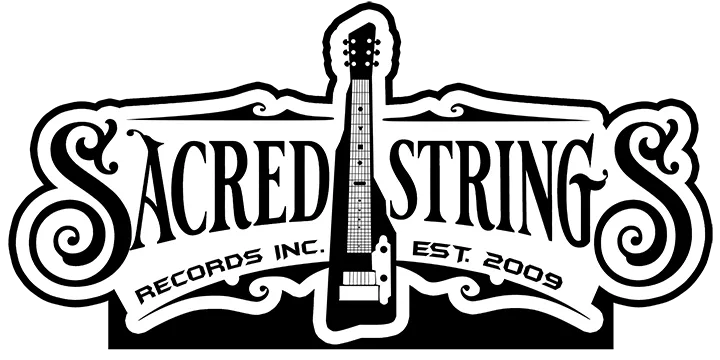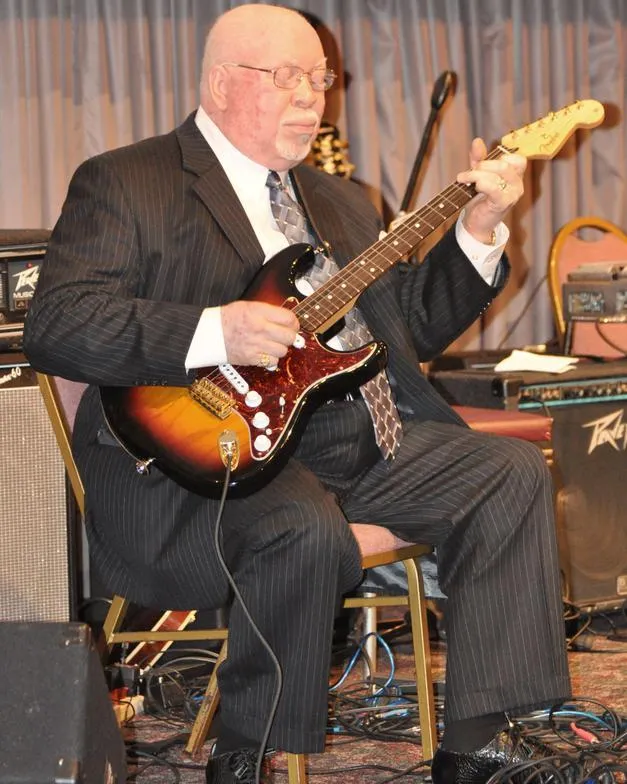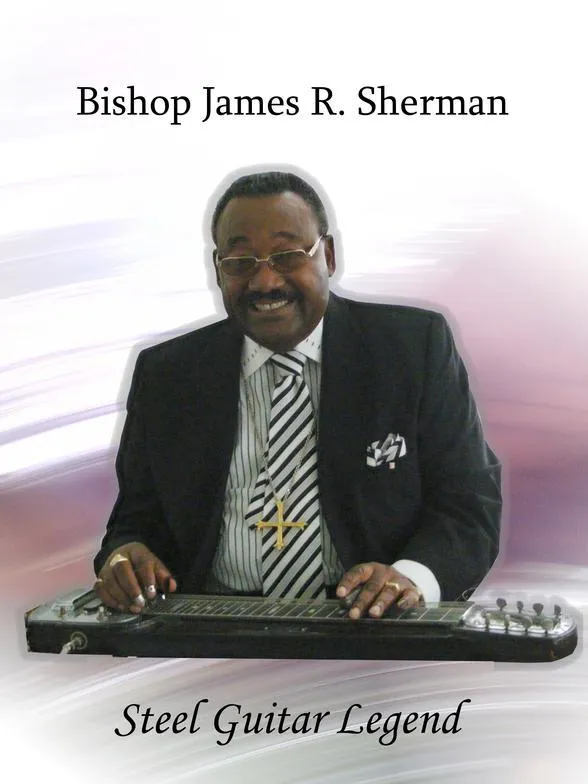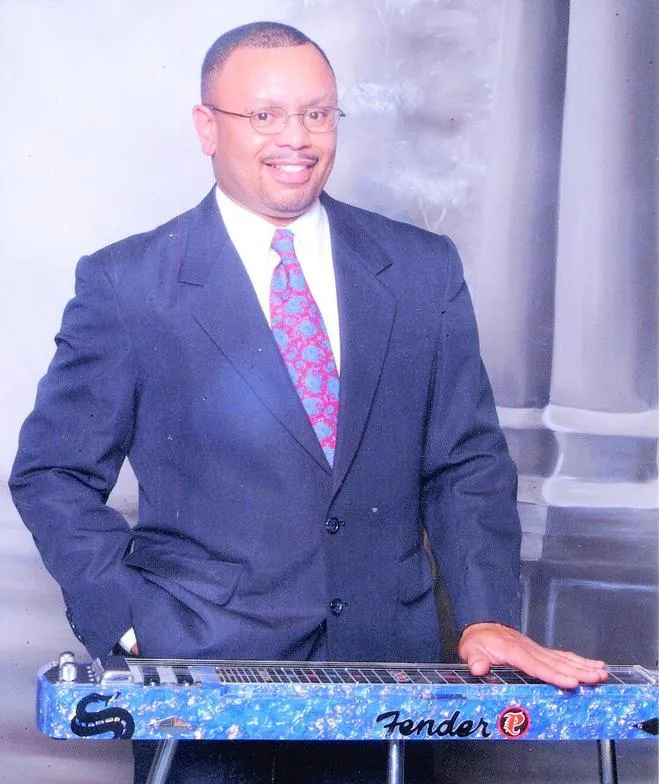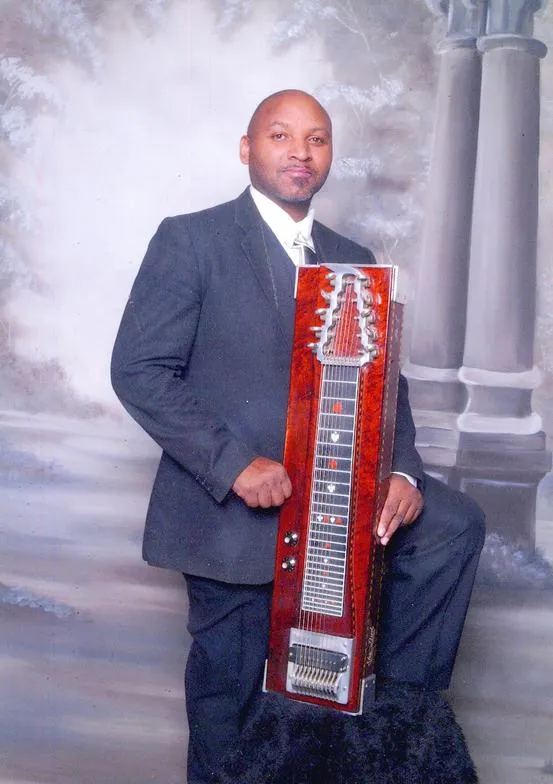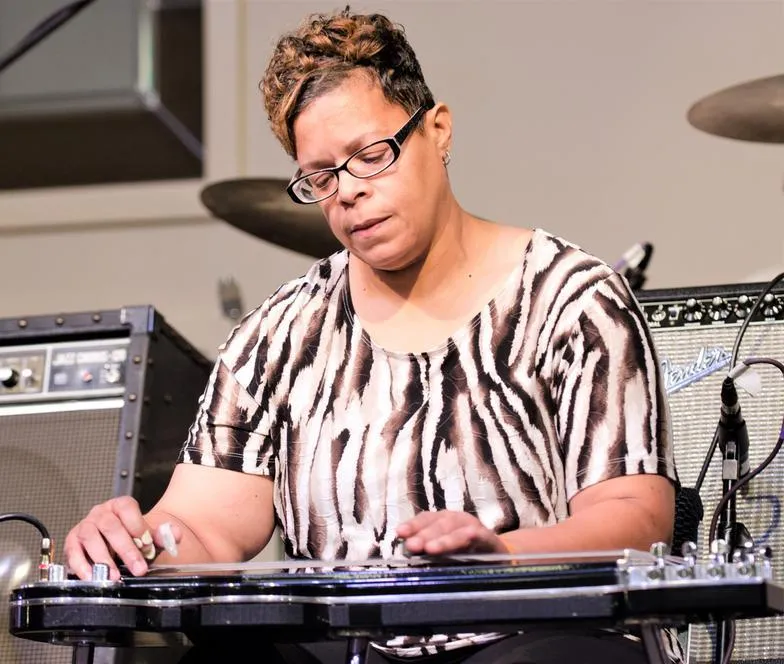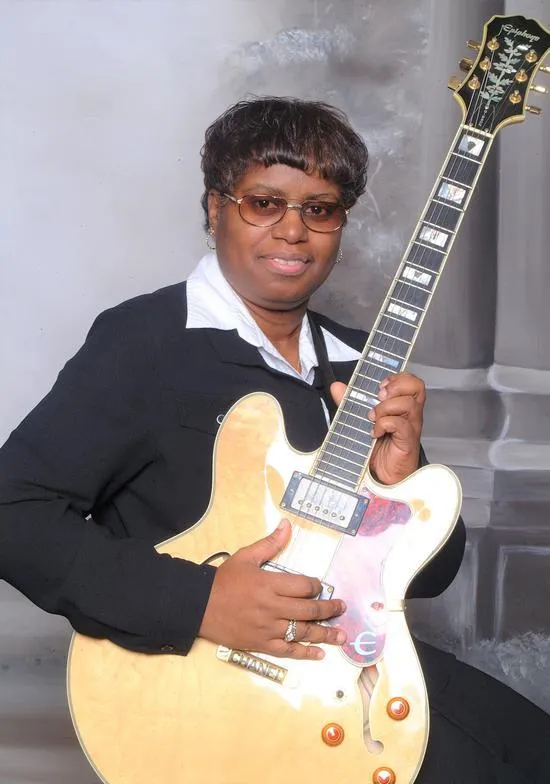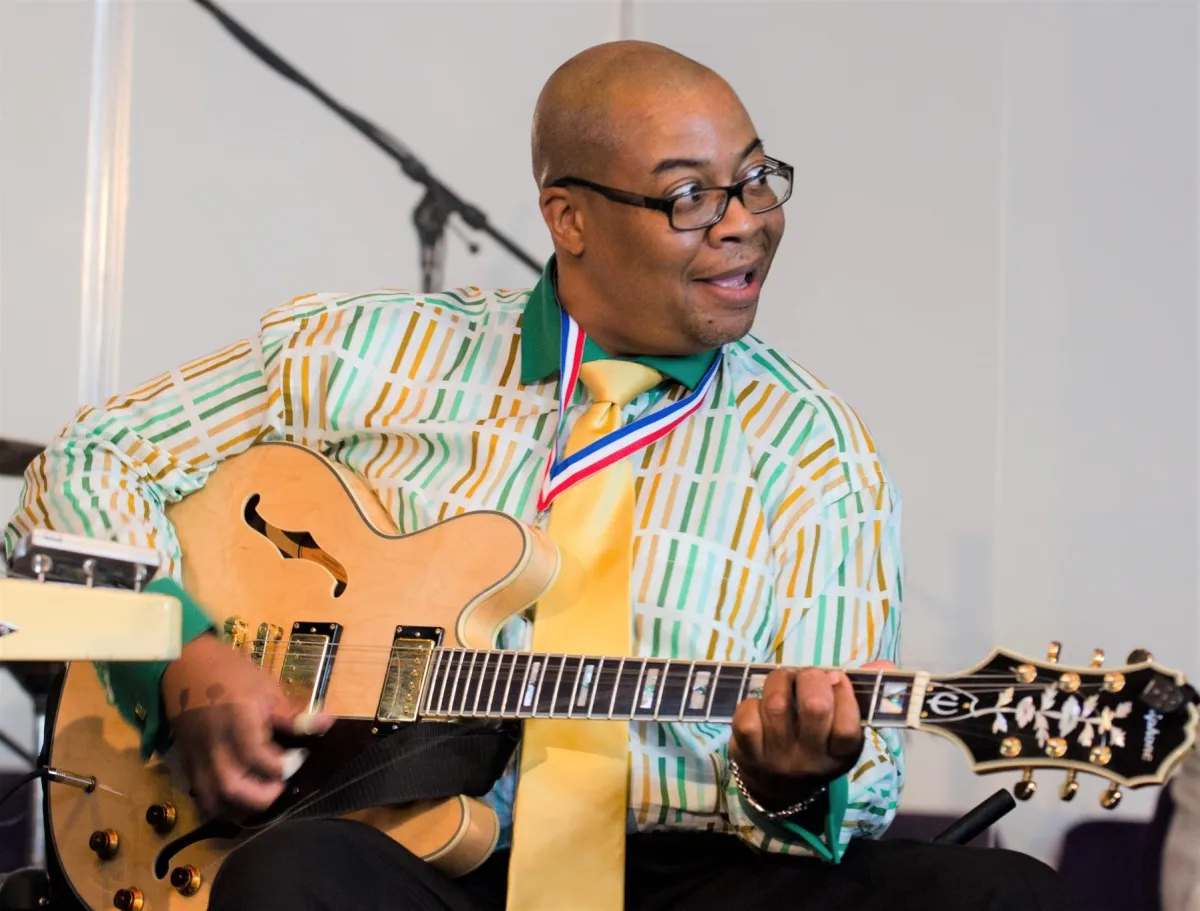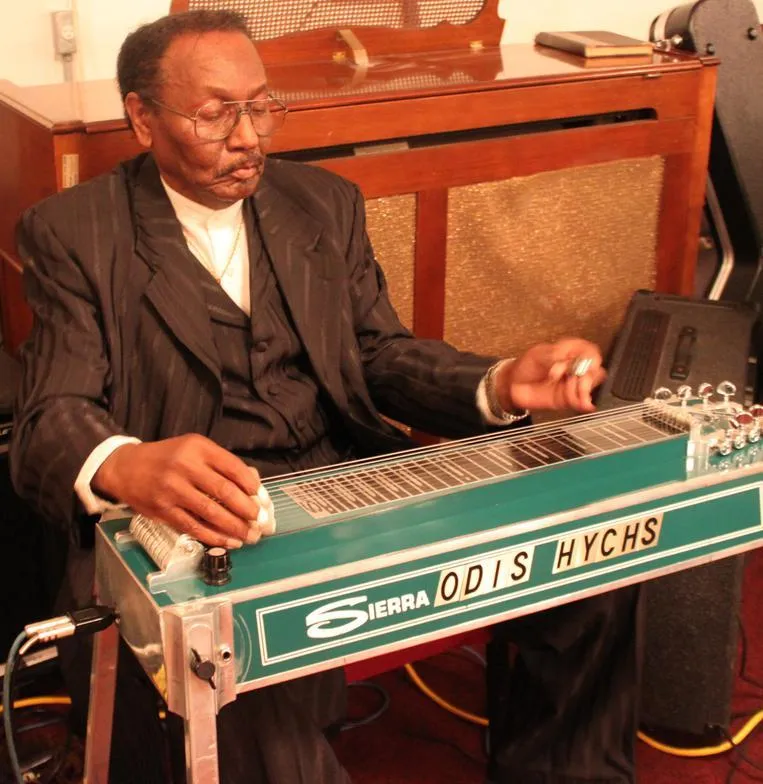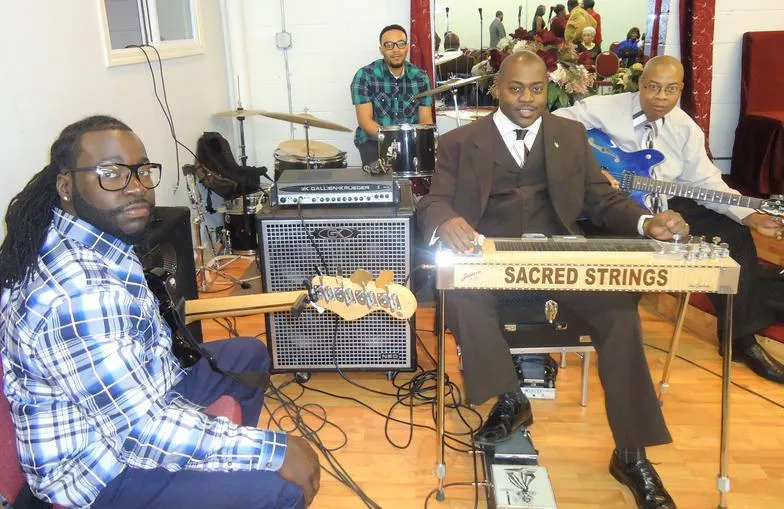Sacred Steel - the Soundtrack of Mother Tate's Churches
The history of Sacred Steel is a fascinating one and is said by many to be one of the most extraordinary American roots musical forms of the 21st century.
God Bless Sacred Steel!
The steel guitar is widely recognized in the United States for its association with Country Western and Hawaiian music. However, for over 80 years, African American musicians have embraced the instrument within Pentecostal worship, crafting a unique and spiritually powerful musical tradition that remains largely unknown to the general public.
Sacred Steel music, predominantly performed in African American Pentecostal churches, represents a distinct genre within American folk music. Whether used in worship services or other musical settings, it is one of the most vibrant and significant contributions to Pentecostal musical heritage.
Originating in the 1930s, Sacred Steel music developed independently from mainstream secular influences, evolving within two related Pentecostal churches.
The Church of the Living God, the Pillar and Ground of the Truth, was founded in 1903 by Mary Magdalena Lewis Tate, laying the foundation for this tradition. Following Tate’s passing in 1930, the church divided into three branches—the Keith, Jewell, and Lewis dominions.
Two of these dominions adopted the steel guitar as a central element of their worship practices. The Keith Dominion (officially known as The House of God Which Is the Church of the Living God the Pillar and Ground of the Truth Without Controversy), headquartered in Nashville, Tennessee, and the Jewell Dominion (Church of the Living God, Pillar and Ground of the Truth, Which He Purchased With His Own Blood, Inc.), based in Indianapolis, Indiana, became instrumental in cultivating and preserving Sacred Steel music. Through these congregations, the genre has flourished, leaving an enduring impact on both musical and religious traditions.
The steel guitar was embraced in the worship of two of these dominions, the Keith Dominion (officially, The House of God Which Is the Church of the Living God the Pillar and Ground of the Truth Without Controversy), headquartered in Nashville and the Jewell Dominion (Church of the Living God, Pillar and Ground of the Truth, Which He Purchased With His Own Blood, Inc.) headquartered in Indianapolis.
Toledo Sacred Steel History
The Church of the Living God was founded in Greenville, Alabama, in 1903 by Mary Lena Lewis Tate, serving as the birthplace of a distinct sacred steel music tradition within its congregation. The Toledo Church of the Living God, established in the 1940s under the leadership of Bishop M.L. Jewell, became a pivotal institution in the development and preservation of this musical heritage.
In its early years, the Toledo church held meetings in brush arbors, tents, and house churches, gradually establishing permanent locations. Initially housed at Ironwood Avenue in East Toledo and later at 342 John R Street, the church ultimately settled at 415 Indiana Avenue—its most renowned location. This house was later converted into a brick church building, where its congregation flourished for over three decades.
Affectionately known as "415," the Toledo church became a nurturing ground for many Hawaiian steel guitar musicians. Among its distinguished artists were Jack Coleman, Calvin Shaw, Morris Wortham, Clifford Warren, Clifford “Buddy” Warren, Mordecia Brownlee, Stanley Galloway, Eloise Galloway Fletcher, Yolando Ramsey, Ronald Warren, Eric Russell, Del Grace, Fran Grace, Nicole Brown, and Henry Tyson. Their contributions have played a vital role in the ongoing legacy of sacred steel music.
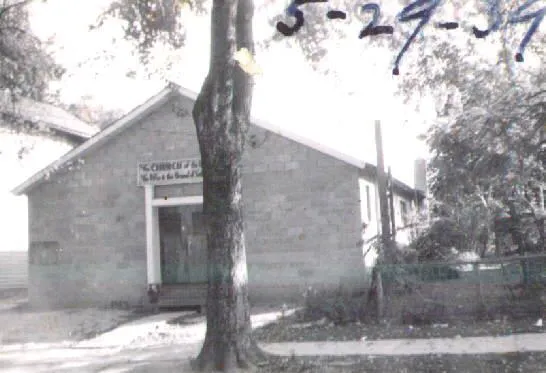
FAQS
What is Sacred Steel?
Sacred Steel is an African-American gospel tradition that features the steel guitar in religious services. It originated in Pentecostal churches in the 1930s
Where did Sacred Steel originate?
It developed in the Church of the Living God, particularly in the Keith and Jewell Dominions.
How did Sacred Steel gain popularity?
Sacred Steel gained wider recognition through performances by artists like Robert Randolph, Calvin Cooke, Aubrey Ghent and the Campbell Brothers, who brought the genre to international fame.
God Bless Sacred Steel!
